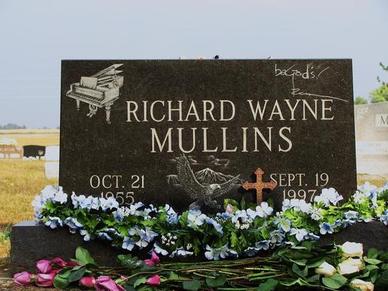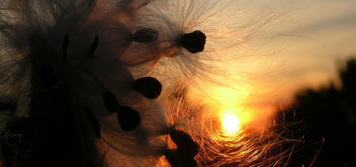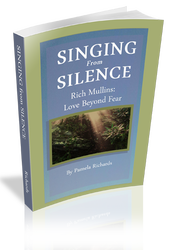A second traveler made his way to the sign and became inspired. He decided the sign was the best thing that had ever happened to him. He built a tabernacle around the sign and held a revival there. He had the sides of the tabernacle painted, "Come See the Sign." He had singers and dancers and tambourines and preachers and pianists and he had to attract a large congregation to collect enough money to compensate his staff. Soon he told people what they wanted to hear so he could attract enough of an audience to pay his overhead. No one who came to see the sign in that tabernacle found the Kingdom of heaven in that place.
After the preacher and his tabernacle had moved on, another man discovered the sign. The sign gave him a great idea. He covered it with a sheet and projected films onto it. "This sign can say anything you want it to say!" He rejoiced in his cleverness. But no one who saw his artistic films found in them the way to the Kingdom of Heaven.
Finally, when the sheet was removed and the sign was just a simple sign again, a man came and reading the sign said, "Those sound like the instructions I've always needed." He sat beneath the sign and listened to what God said to him in the stillness. He closed his eyes, and everything was dark.
"Lord, I am here in the dark," he said. "Can you send me some light?"
He heard God answer him, "You have been in the dark so long, I can give you only a little light, or you will be blinded."
"A little light, Lord, will be enough."
And God gave him just enough light to see the next step in front of him on the way to the Kingdom of Heaven.
And the man was grateful, and learned to take the journey step by step in faith that God would always give him just enough light for the next step.
And that was all he needed.









 RSS Feed
RSS Feed
